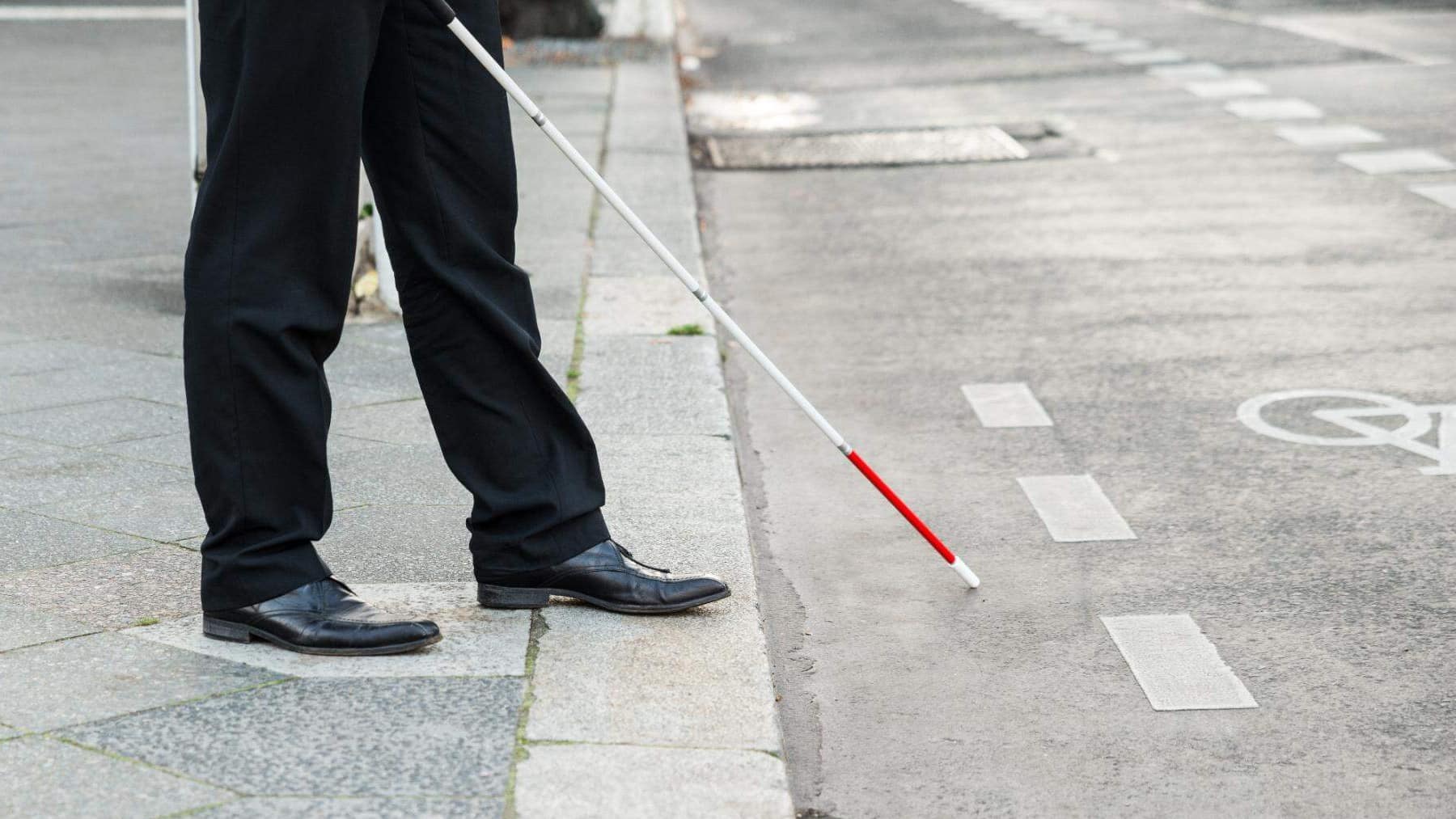An archaeological site in northeastern Iran has been the focus of one of the latest discoveries of the Great Joransan Civilization, one of the most enigmatic of the Bronze Age. This is the site of Tepe Chalow, in North Khorasan Province, where the Bactrian-Margian Archaeological Complex is located. The finding includes the tomb of a high-ranking young woman, dating back more than 3,000 years. It is not the tomb itself that stands out, but the number of objects found with it, as well as their significance.
Among her burial goods were objects such as a small rectangular box carved from black stone, decorated with engravings of snakes and scorpions. The materials are even more striking, as it is made of chlorite, a mineral imported from Bactria. Furthermore, in Central Asia, this symbolism represents power, spiritual defense, and connection to the afterlife.
They also found two gold earrings and a ring, ivory needles, bronze pins, and lapis lazuli beads. This mineral came from the mines in present-day northeastern Afghanistan, indicating that there was an exchange connecting Mesopotamia, Central Asia, and the Indian subcontinent. This discovery sheds light not only on the funerary customs of the civilization but also demonstrates the trade networks that existed at the time.
Unique Find from Great Khorasan
The Tepe Chalow cemetery belongs to the Bactrian Archaeological Complex (BMAC), located in northeastern Iran. It is there, in the North Khorasan province, that the burial site of the Great Khorasan Civilization can be found, one of the most enigmatic of the Bronze Age. The scientific journal Iran has published an article documenting one of the latest discoveries from that region. It concerns a young woman of 18 years, buried over 3,000 years ago, with a funerary collection never before seen. She was found just like the others, following a burial ritual that is repeated in other tombs of the cemetery: in a fetal position, on her right side, and facing southeast.
What was in the burial trousseau?
According to experts, the burial goods belong to a high-ranking individual, either a princess or someone of significance to the community. Along with it, there was a rectangular box carved from black stone, adorned with engravings of snakes and scorpions. This symbolism represented power, spiritual defense, and a connection to the afterlife for the cultures of the Bronze Age in Central Asia.
The material caught attention because it was chlorite, a mineral that must have been imported from Bactria, in the northern part of present-day Afghanistan. Two gold earrings and a ring, ivory needles, bronze pins, and pieces of lapis lazuli were also found. This material originated from the mines in the present northern Afghanistan, ivory from trade routes in the Indus Valley, and copper from Bactria. What does this mean? That Tepe Chalow was part of a network of exchange between Mesopotamia, Central Asia, and the Indian subcontinent.
Greater Khorasan civilization
Researchers date the Tepe Chalow cemetery to between the late 3rd and early 2nd millennium BC. The discoveries reveal that it was a fortified territory, with an economy based on agriculture and trade, and monumental architecture. It suffered a decline in the 13th century BC, but the findings indicate that it remained strong for many centuries, dating back even to the Copper Age.
To date, the tomb of the young woman is the only archaeological record that combines the luxury and symbolism it presents, which is known as ‘Grave 12’. This latest finding provides researchers with more information about the burial customs of the civilization, as well as reinforcing the theory that the trade networks of the time extended much further.
Do you want to know what other ancient discoveries have contributed knowledge to history?





